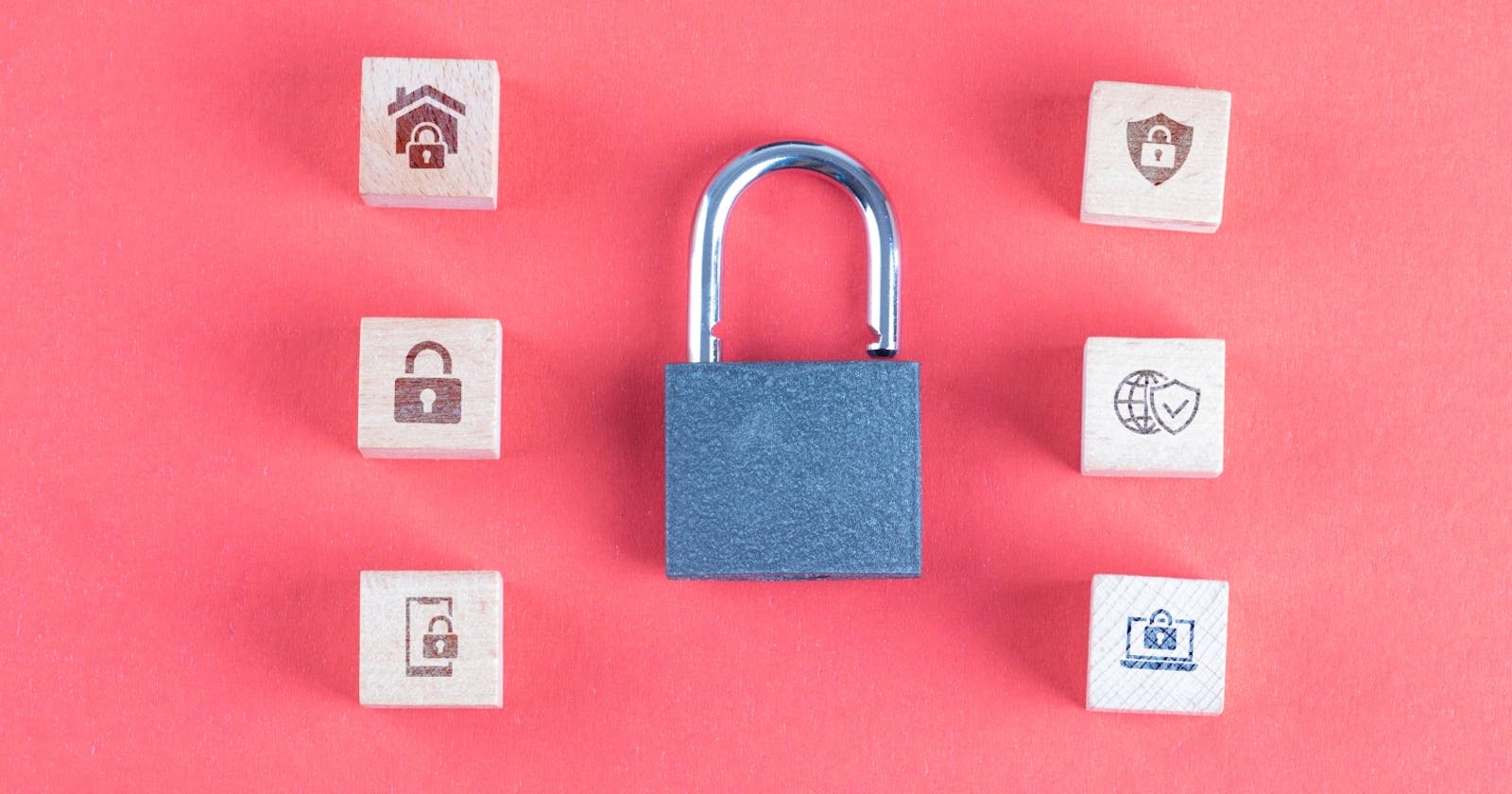Unlocking great user experiences: no one should have to endure daily frustrations
Numerous consumers struggle with the anguish of a poor user experience every day.
For companies and products, this can be a hidden contribution to the decline of customers and users of their products.
As much as multiple iterations might continue to be done on a product to improve its usability and effectiveness, conducting the necessary user research to know what users really need is an asset in the field of user experience that cannot be taken for granted.
We could take a brief look at the UX design process. As I've discovered, a lot of individuals don't fully get what a UX designer does. User experience design involves several processes, all with the end goal of getting a usable, equitable, enjoyable, and useful product across to the required users.
So let’s talk about some of the functions and tasks included in the UX design process
Research: This is an extremely severe aspect of getting it right when building a product or developing a service with the characteristics of a great user experience. Competitor research and surveys of current users, interviews, creating personas, journey maps, and user flows for personas are some of the micro-processes involved in conducting proper UX research. The key skills that a UX designer should have range from highly detailed research to a high degree of empathy for users. A UX designer is like a constant referee between the product and the user.
Create wireframes and low-fidelity prototypes: As part of their role, UX designers are responsible for creating wireframes and low-fidelity prototypes. Wireframes and low-fidelity prototypes are the initial conceptual representations of how a digital product would look. They provide a visual structure and layout for the design.
UX designers are the architects of user-centric digital experiences, and at the heart of their work lies the creation of wireframes and low-fidelity prototypes. This essential function serves as the blueprint for the final product, enabling designers to map out the interaction flow and visual hierarchy.User testing/usability testing: User testing, often referred to as usability testing, stands as a crucial weapon in the UX designer's arsenal. It's a systematic approach to evaluating the effectiveness and user-friendliness of digital products and interfaces.
User testing seeks to bridge the gap between design intentions and user experiences. UX designers meticulously plan and execute tests to objectively assess how real users interact with a product. This process uncovers valuable insights into what works, what doesn't, and where improvements are needed. These feedbacks are then used to iterate over the product to make it better for users.Design high-fidelity: High-fidelity design is characterized by rich and detailed visual elements such as colour, typography, images, and graphics that are added to the wireframe's skeletal structure, transforming it into a visually appealing and realistic representation of the final product.
Every pixel and element is meticulously crafted in high-fidelity design. Designers ensure that buttons are precisely sized, text is legible, and interactive elements behave as expected. This level of precision ensures a seamless and visually pleasing user experience.Hand-off to developers: A crucial step in the UX design process is the hand-off to developers when the painstakingly produced design vision is transformed into doable programming jobs. It's a crucial point in the collaborative process that guarantees the smooth conversion of creative ideas into a useful digital product.
Some UX designers venture into learning and understanding programming as well. Understanding programming languages and development processes allows UX designers to collaborate more effectively with developers. It fosters better communication, reduces misunderstandings, and streamlines the translation of design concepts into code.
In our quest to unlock exceptional user experiences, we've uncovered a fundamental truth: frustration should have no place in our daily digital interactions. As UX designers and creators, it is our responsibility to eliminate the obstacles and complexities that plague users. Great user experiences are not a luxury but a necessity, ensuring that technology serves and empowers rather than hinders. With empathy and expertise, user experience designers can continue crafting interfaces that inspire, guide, and elevate every user's journey.
